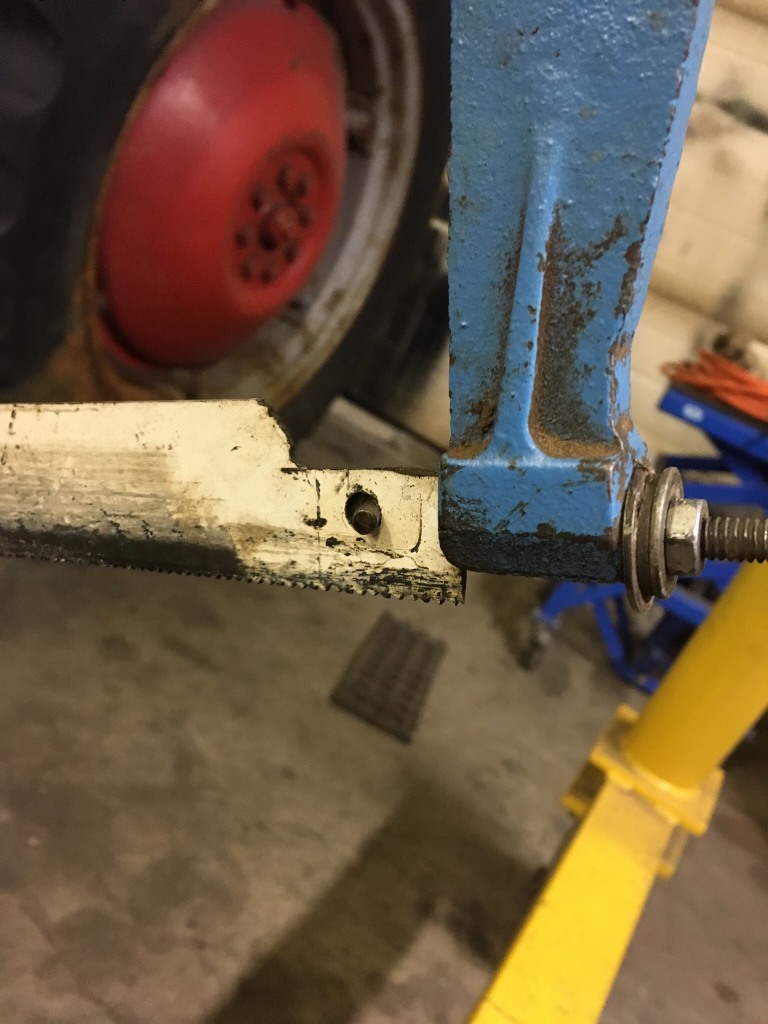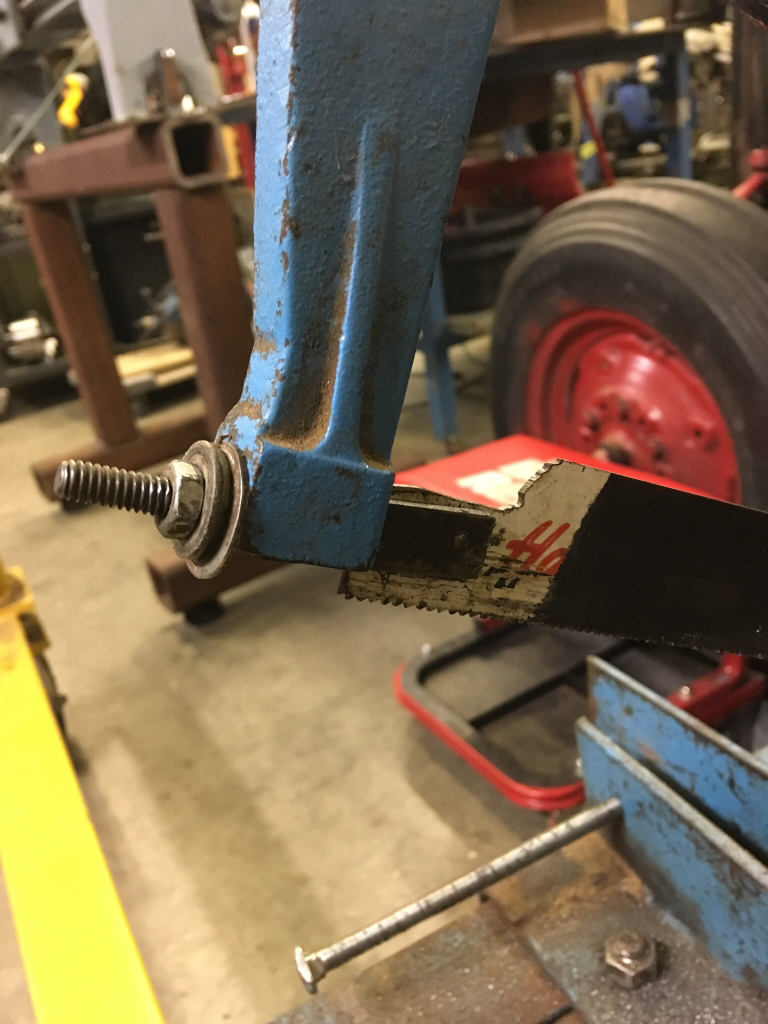RobinHood
Ultra Member
Yes. That allows the mill head to also be way further down the column => more rigidity.Keep the milled surface as close to the table as possible.
Yes. That allows the mill head to also be way further down the column => more rigidity.Keep the milled surface as close to the table as possible.
X2
Also use a smaller diameter milling cutter (ie. 3/8” to 1/2” max) and employ step-over passes. That reduces the amount of power / rigidity required from the mill and works safer (albeit slower) for questionable set-ups (like stuff that sticks out a long way from its hold down).
Looks like you are trying to use about a 1”, two flute cutter. These require some serious power and rigidity. I rarely use anything bigger than a 3/4” endmill on my Bridgeport size milling machine in steel.
I do agree with what your book states. It probably also assumes that you are able to clamp the work securely in a rigid manner and have the spindle power to turn the endmill at the proper feed and speed for optimum material removal and surface finish. If any one of these variables are not 100% (as often is the case in a hobby environment), it is time to come up with an alternate plan: take lighter cuts, use a smaller cutter to reduce the “grabbing”, and you thus have make it up by doing more passes.A book I have states to use the biggest end mill available to do the job?






I just completed this style of attachment
Not sure - I would guess more than 5 inches - it is a large lathe with CA tool post - 16" swing. I have the base located behind the tool post right on the cross slide thus it is low to start with.




This is worlds better than what you started out with (i believe it was welded before). It shows in your much better cuts. Good job.I concocted this blade tensioner from a 5/8" bolt on my mill.


Here is how my blade attaches


Sent from my iPhone using Tapatalk
I'm curious about the 5/8 bolt. Mine is nowhere near that size . Can u post a pic of the entire piece you mAde?





